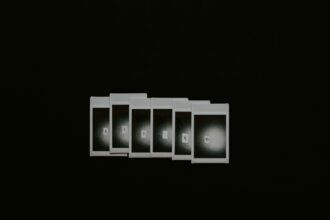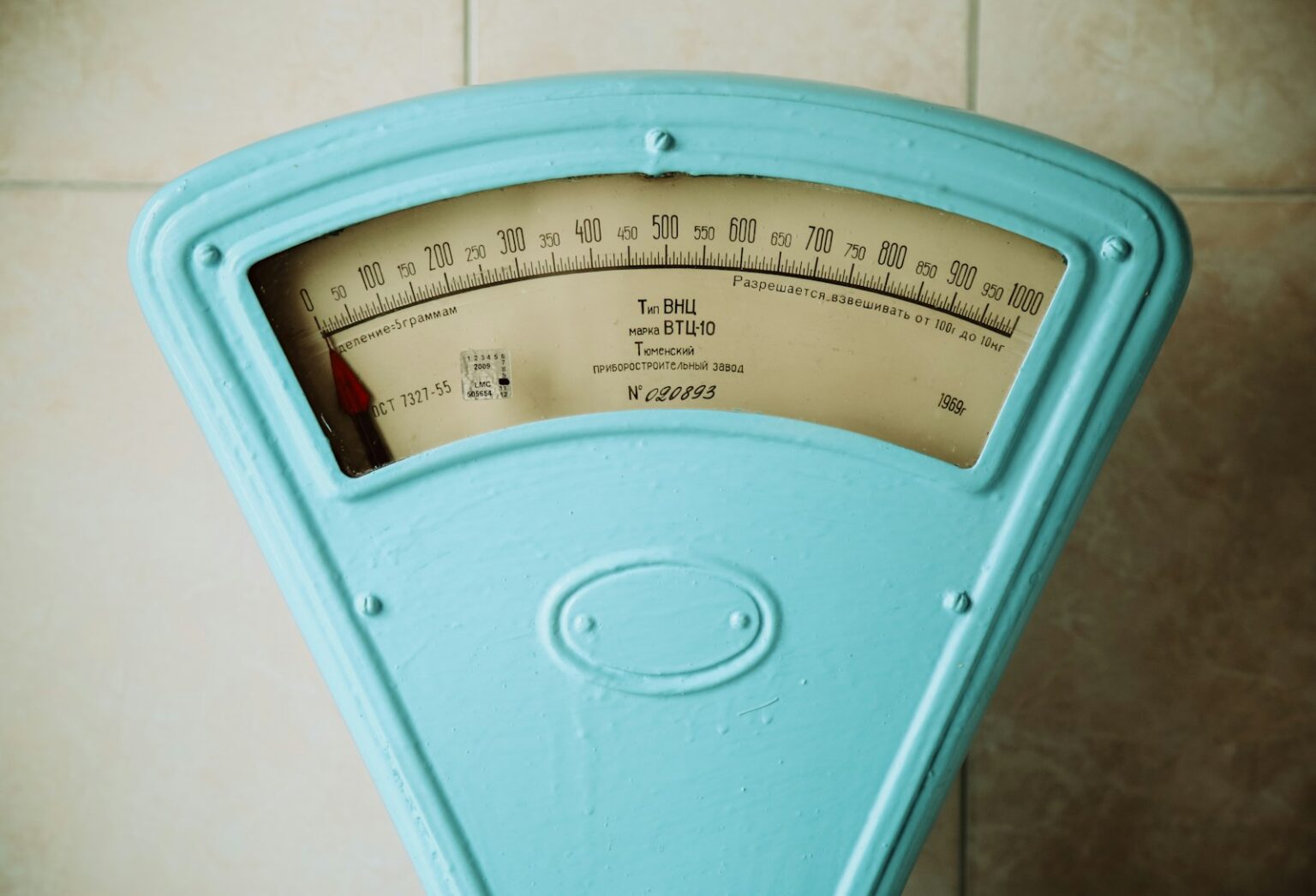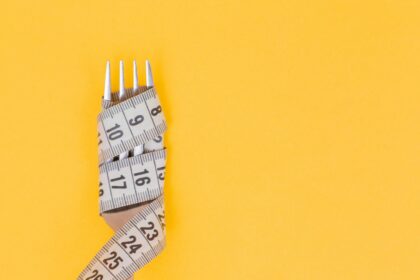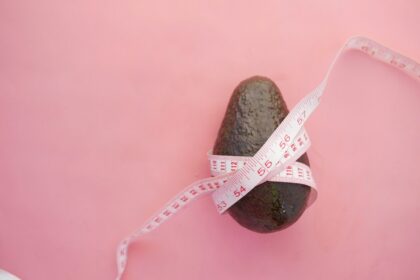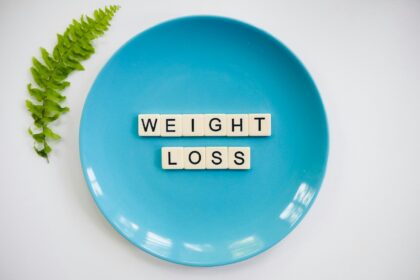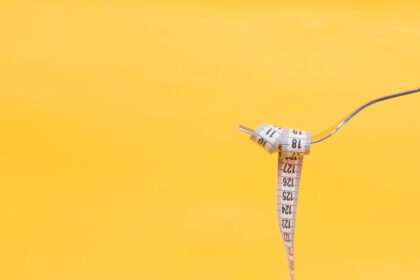Keynotes: The Greatest Sources of Protein. Fats and Carbohydrates
A high-protein diet may help you control your appetite, which may facilitate weight loss.
You can give it a try by include more protein in your meals. Take a week to gradually increase your protein intake.
Recall that calories matter. It’s important that you choose your protein wisely.
Consult your physician first if you have liver or kidney illness or intend to add a lot of protein to your diet.
The Greatest Sources of Protein
Select protein sources that are high in nutrients, low in calories and saturated fat, like:
Seafood
Beans
Lean meats
Soy
Low-fat dairy
Eggs
Nuts and seeds
It’s wise to vary the foods you eat that contain protein. You may, for example, have walnuts on your salad, almonds on your muesli, beans or lentils that provide you with both fibre and protein, or salmon or another type of fish high in omega-3s.
What is your daily intake of protein? These foods contain the following amounts of protein in grammes:
Serial Types of Food Protein Portion
- 1/2 cup low-fat cottage cheese 12.4g
- 3 ounces tofu, firm 9g
- 1/2 cup cooked lentils 9g
- 2 tablespoons natural-style peanut butter 7g
- 2 tablespoons almond butter 6.7g
- 3 oz skinless chicken breast 26g
- 3 oz fish fillet (depending on type of fish) 17-20g
- 1 ounce provolone cheese 7g
- 1/2 cup cooked kidney beans 7.7g
- 1 ounce almonds 6g
- 1 large egg 6g
- 4 ounces low-fat plain yogurt 6g
- 4 ounces soy milk 3.5g
- 4 ounces low-fat milk 4g
Fats and Carbohydrates
In addition to increasing your protein intake, you should stock up on “smart carbs” like these:
Vegetables
Fruits
Whole grains
Beans and legumes (both also have protein)
Low-fat milk and yogurt (both have protein)
Try some good fats as well, like:
Seeds
Nuts and natural-style nut butters
Olives
Extra virgin olive oil and canola oil
Fish
Avocados
It also helps to divide your daily calorie intake into four or five smaller meals or snacks to help control your hunger.



